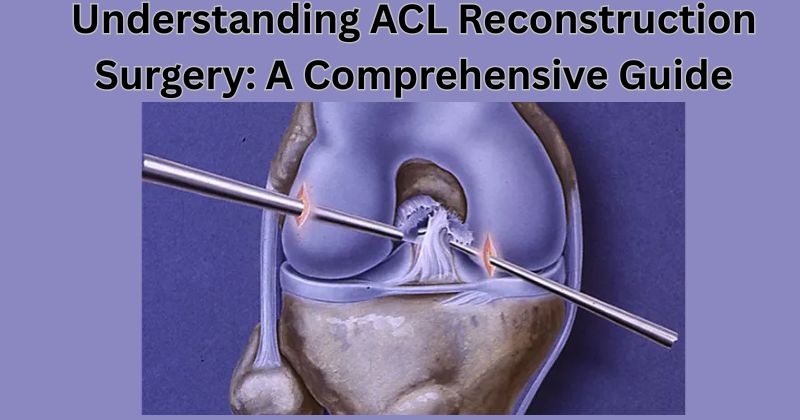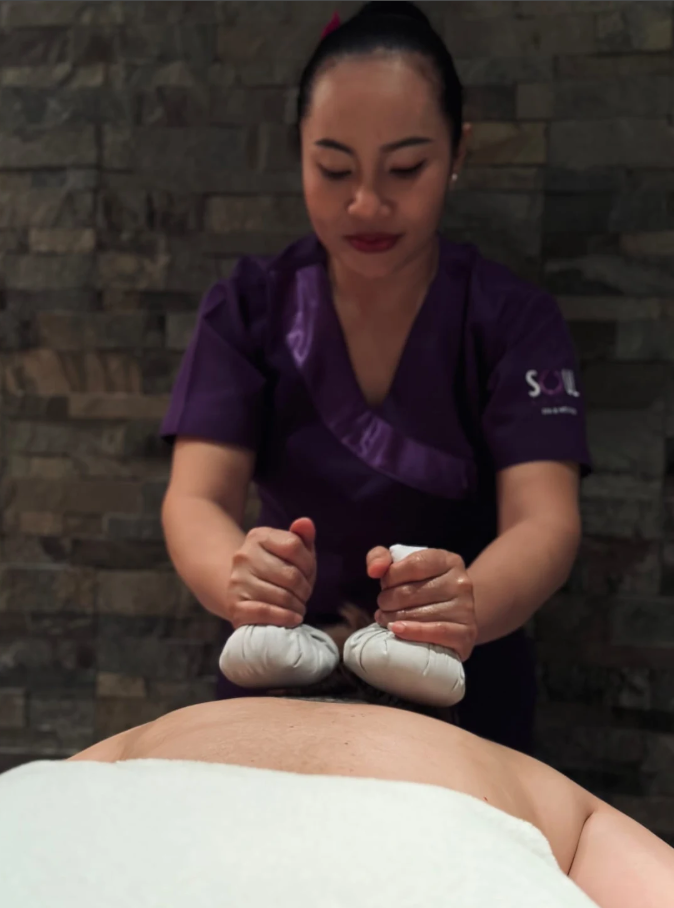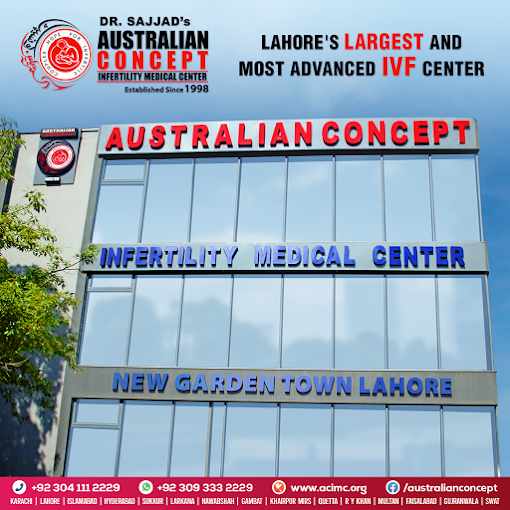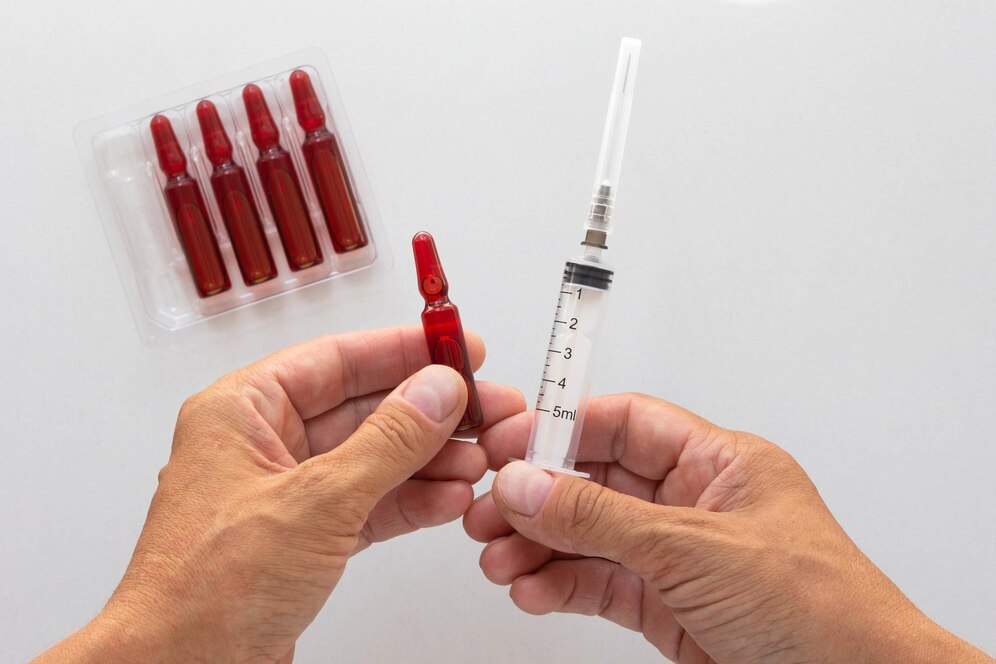The anterior cruciate ligament (ACL) is one of the four primary ligaments in the knee, crucial for stability and proper function. An ACL tear is a common injury, particularly for athletes, and it can significantly affect mobility and quality of life. For many individuals suffering from an ACL injury, ACL reconstruction surgery becomes necessary to restore knee function and prevent long-term damage. In this comprehensive guide, we will walk you through what ACL reconstruction surgery entails, the different types of procedures available, recovery expectations, and factors like ACL reconstruction surgery cost that are important to consider.
What is ACL Reconstruction Surgery?
ACL reconstruction surgery is a procedure designed to replace a torn or damaged ACL ligament. The ACL is responsible for stabilizing the knee joint, preventing excessive forward movement of the tibia (shinbone) relative to the femur (thighbone), and ensuring proper knee function. A torn ACL can be caused by sports activities that involve sudden stops, jumps, or pivots—common in football, basketball, skiing, and soccer.
When the ACL tears, it doesn’t heal naturally. Instead, doctors need to reconstruct the ligament using either a tissue graft from the patient’s own body or a donor’s tissue. This surgery aims to restore knee stability, allow patients to return to their active lifestyle, and prevent further damage to the joint.
Types of ACL Reconstruction Surgery
- Autograft ACL Reconstruction Surgery
- In this procedure, the surgeon uses the patient’s own tissue to replace the damaged ACL. Common donor sites for the graft include the hamstring tendon or patellar tendon.
- Autografts are preferred because they reduce the risk of immune rejection and disease transmission, as the tissue is sourced from the patient’s own body.
- Allograft ACL Reconstruction Surgery
- For patients who prefer not to use their own tissue, or if the autograft isn’t feasible due to other injuries, an allograft—tissue obtained from a deceased donor—can be used.
- Allografts are ideal for patients who have less active lifestyles or are older, as they may have a slightly slower recovery compared to autografts.
- Arthroscopic ACL Reconstruction Surgery
- One of the most advanced techniques used today is arthroscopic ACL reconstruction surgery. This minimally invasive method involves making small incisions and using a camera (arthroscope) to guide the surgeon during the procedure.
- The benefits of arthroscopy include smaller scars, less tissue damage, faster recovery times, and reduced risk of complications compared to traditional open surgery.
The ACL Reconstruction Surgery Procedure
Before performing ACL reconstruction, the surgeon will assess the severity of the tear and determine whether other knee structures—such as the meniscus or cartilage—have also sustained damage. If necessary, the surgical team may repair or remove those structures during the surgery.
The surgery typically involves the following steps:
- Graft Harvesting: The surgeon will take a portion of tendon or ligament (autograft) or prepare the allograft.
- Arthroscopic Surgery: Using a small camera, the surgeon will remove the damaged ACL and prepare the site for the new graft.
- Graft Placement: The graft is placed into the knee joint and anchored in place using screws or other fixation devices.
- Rehabilitation: After the surgery, the patient will undergo a rehabilitation program to restore knee strength, flexibility, and function.
The procedure usually takes about 1-2 hours and is typically done on an outpatient basis, meaning the patient can return home the same day.
Recovery and Rehabilitation
After the surgery, the recovery process is crucial to achieving the best possible outcome. The timeline varies, but here’s a general overview:
- Initial Recovery (Weeks 1-4):
- The first few weeks focus on reducing swelling and pain while gradually improving range of motion.
- Patients are usually advised to use crutches and wear a knee brace for added stability.
- Intermediate Recovery (Weeks 4-12):
- Physical therapy becomes more intense, focusing on strengthening the muscles around the knee and improving balance.
- Many patients begin to walk without crutches by the end of this phase.
- Advanced Recovery (3-6 months):
- By this time, most patients are able to engage in low-impact activities.
- Full participation in sports or high-impact activities generally occurs after 6-12 months, depending on the individual’s progress and the surgeon’s advice.
Rehabilitation is essential, and following the prescribed therapy program is key to a successful recovery.
Factors Affecting ACL Reconstruction Surgery Cost
ACL reconstruction surgery cost can vary widely based on a variety of factors. These include:
- Location: Surgery costs may differ depending on where you live. Urban hospitals tend to be more expensive than rural facilities.
- Surgeon’s Experience: A surgeon with a high level of expertise and specialization in knee surgeries may charge higher fees.
- Hospital Stay: While ACL surgery is often outpatient, some patients may require a short stay in the hospital, which will add to the overall cost.
- Rehabilitation: Post-surgery rehabilitation is a significant part of the recovery process, and physical therapy sessions can be costly, depending on your insurance and location.
On average, ACL reconstruction surgery cost can range from $5,000 to $20,000. It’s essential to check with your healthcare provider and insurance company to get a more accurate estimate for your specific case.
Why Choose ACL Reconstruction Surgery?
Not everyone who tears their ACL needs surgery. In some cases, especially for less active individuals or older adults, conservative treatments such as physical therapy, bracing, and rest may suffice. However, for active individuals, athletes, or those who want to avoid long-term joint issues, ACL reconstruction surgery is often the best option.
Surgical intervention is necessary for those who experience instability in their knee, frequent knee buckling, or if they want to return to sports. Early intervention with surgery can prevent further damage to the knee joint, particularly to the meniscus and cartilage, which may otherwise lead to arthritis down the line.
Conclusion
If you have suffered an ACL injury, ACL reconstruction surgery offers the best chance to restore knee stability and return to an active lifestyle. Advances in surgical techniques, such as arthroscopic ACL reconstruction surgery, have made the procedure safer and more effective with quicker recovery times. While ACL surgery cost can be significant, it is often a worthwhile investment for regaining mobility and preventing long-term damage. As with any surgery, consult with an orthopedic surgeon to determine the best course of action based on your specific needs and lifestyle.
for more(click here)










